Netflix is planning to offer HDR quality mobile content for viewing on supporting devices because of an increasing mobile subscriber base and the company's belief that the format will eventually be universally adopted on mobile platforms.
The comments were made yesterday by Netflix executive Neil Hunt during a briefing with journalists, as part of a two-day event at Dolby Laboratories and Netflix headquarters in San Francisco. Hunt made the remarks as the two companies prepare to launch new Netflix series Iron Fist, which is being shot natively in HDR.
HDR stands for high dynamic range, meaning a display supporting the standard is capable of reproducing a wider and richer range of colors, brighter whites, and deeper blacks. HDR content is already available on Netflix and Amazon Video, but only for streaming to televisions that support the standard. However, Hunt and Dolby executives told The Verge that HDR is about to make the leap from big-screen to mobile, with Netflix aiming to be at the forefront of a global transition.

It's been about a year since Netflix became available globally — with the exception of a few markets, including China, and since then it has seen mobile usage soar. In established markets like the US and Canada, most Netflix watching still happens on TVs, Hunt said; but in some Asian countries, especially India, "mobile screens are the majority consumption device."
Both Netflix and Amazon are said to be gearing up to stream HDR content on mobile devices, possibly as early as April this year, although a specific date from either company has yet to be confirmed. Samsung's recently announced Tab 3 with AMOLED display is the first tablet to support videos with greater dynamic range, while the LG G6 is the first phone to support both HDR10 (the 10-bit open standard) and Dolby Vision HDR.
Apple is expected to announce new iPad models soon, possibly as early as next week, but apart from plenty of speculation regarding screen sizes, no rumors have mentioned the display technology that could feature. The same can't be said for Apple's rumored "iPhone 8", which will reportedly have a Samsung-supplied OLED display, making it more likely to support the HDR10 standard.
In addition to the mobile HDR announcement, Netflix said it was considering the idea of streaming mobile-specific cuts of its original movies and TV shows.
"It's not inconceivable that you could take a master [copy] and make a different cut for mobile," Hunt said. To date, Netflix hasn't been delivering different cuts for different viewing platforms, Hunt said, but "it's something we will explore over the next few years."
According to The Verge, the idea would be to create a version of the content with scenes or shots that are more easily visible or immersive on a mobile phone, given that certain shots can be hard to see or can appear diminished on a relatively small phone screen.



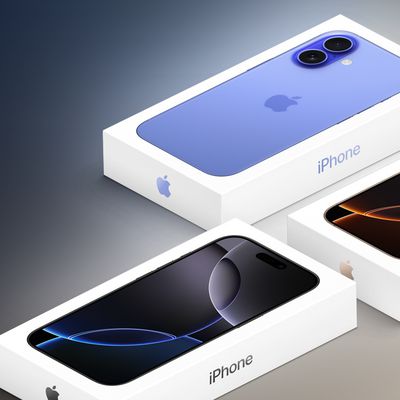
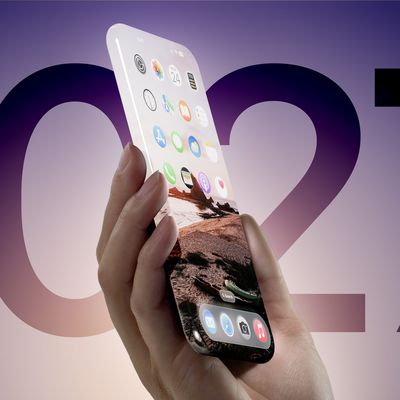
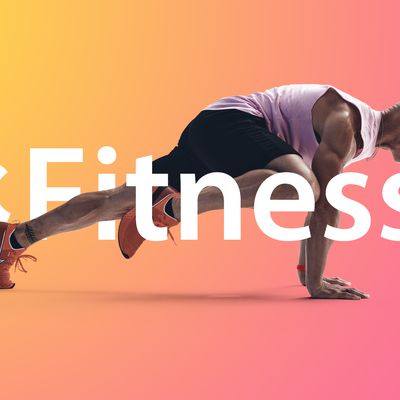
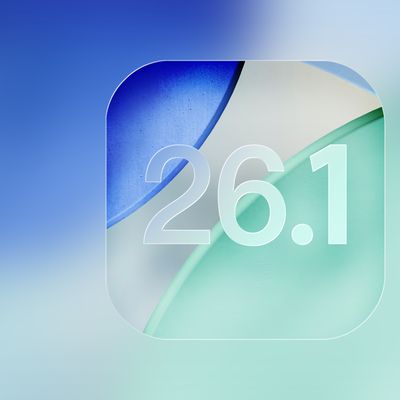
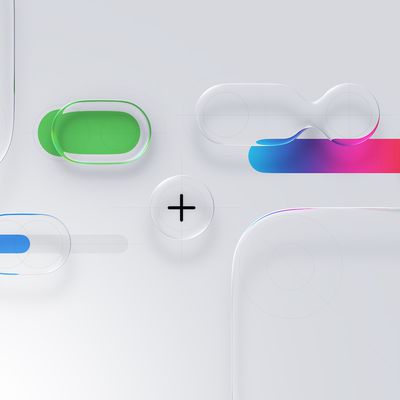
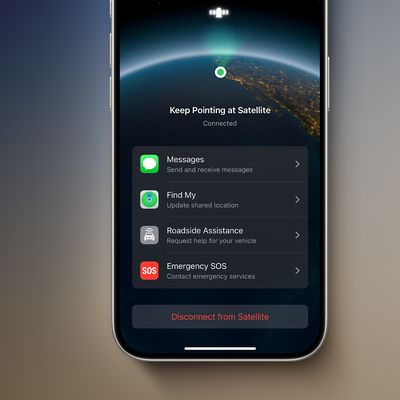

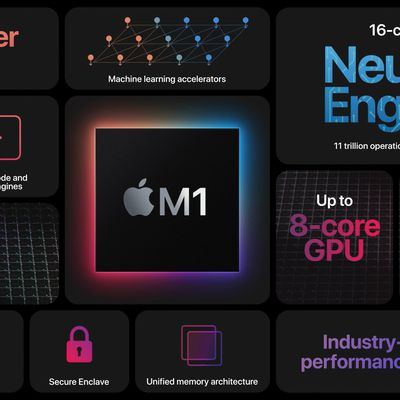

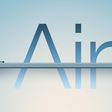

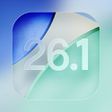










Top Rated Comments
It's dynamic range on SDR is better than LED due to the black levels so it makes HDR even less noticeable on the displays. LCD panels are capable of 2000 nits, the very best OLED sets can only do 800nits at the moment.
That coupled with the fact that the black level gradients are not great (but getting better each year) on OLED is why i'm not 100% sold on the technology (yet). Black black are only good if you get every shade of black from 0.1% upwards otherwise you get a jarring black in places there should be subtle details and that's as bad as over contrast. Couple this with LED technology using advanced honeycomb backlighting to emulated OLED's per pixel brightness and the gap between the two is getting closer than ever. Neither is a clear winner, both have pros and cons.
Fundamentally on a phone though the nits are not going to be near high enough to display proper HDR - the Galaxy S7 only manages 440nits. You need at least 550-600 for it to be effective at the top end, maybe Apple are building the brightest handheld OLED ever that competes with it's big brothers.
[doublepost=1489671679][/doublepost]1000 nits would indeed be ideal, but no one has built that into a screen the size an iPhone would use yet. Also refrain from using "perfect blacks" perfect BLACK yes, (eg off) however as mentioned the grades of black below 'off' are yet to be anywhere near "perfect" on OLED yet unfortunately.
But again, I am pretty sure I am in a minority.
That said, even in dark rooms, OLED still isn't perfect as you say... I totally agree about the crushed blacks. I was very close to buying a 65" OLED a few months back but I decided that it wasn't "perfect" enough to shell out $3k for. Actually, I ended up going the projector route (1080p LED with a 92" tensioned screen, spent well under $1k total) and don't regret a thing. Sure, the contrast is comparatively terrible and it's a far cry from HDR, but blu-rays still look fantastic, and that big-screen cinema feel is just plain fun. I'm going to enjoy this setup for a while, until the world of 4K HDR hardware and content gets a little more firmly established.
HDR just doesn't down sample color depth at the end of editing to fit standard TV colors.
[doublepost=1489670886][/doublepost]Exactly why I need to get a 85" TV to appreciate the higher resolution. :)
Newer HDR LCD TVs actually have better brightness than OLED TVs. But we're talking about 2500+ nits.